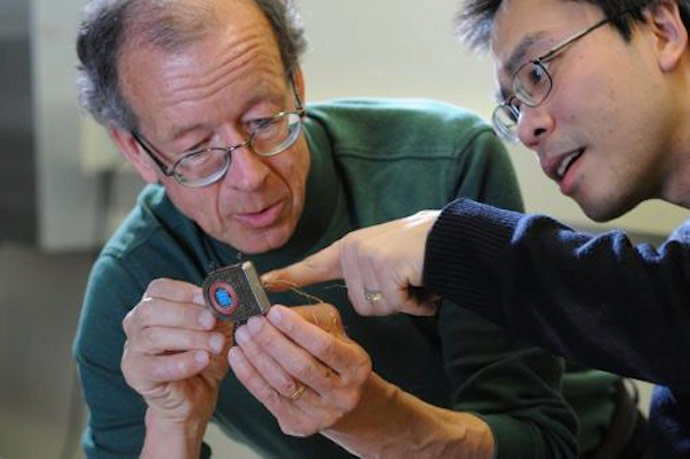We Are One Step Closer To Controlling Computers With Our Minds
Ever have dreams of controlling computers with your mind like Neo at the end of The Matrix Revolutions? Well, those dreams may soon become reality as researchers from Brown University have succeeded in making the first wireless brain-computer interface.
What makes the achievement… unique is how it integrated many individual innovations into a complete system with potential for neuroscientific gain greater than the sum of its parts,” David Borton, a former Brown postdoctoral research associate, said. “Most importantly, we show the first fully implanted microsystem operated wirelessly for more than 12 months in large animal models—a milestone for potential clinical translation.”
The device, composed primarily of hermetically sealed titanium, has been successfully tested in animals for more than a year, and human trials will be coming soon. Being wireless, subject don’t have to be locked down and tethered to the device they are controlling, opposing previous brain-computer interfaces. It includes a lion battery, inductive charge loop, a chip that digitizes brain information and a wireless antenna. It also has six hours of use after a two-hour charge and can transmit data at around 24 Mbps. All of this comes in a 56mm-long, 42mm-wide package.
Ming Yin, electrical engineer and co-author of the paper about the research said, “We tried to make the best tradeoff between the critical specifications of the device, such as power consumption, noise performance, wireless bandwidth and operational range. Another major challenge we encountered was to integrate and assemble all the electronics of the device into a miniaturized package that provides long-term hermeticity and biocompatibility, as well as transparency to the wireless data, power, and on-off switch signals.”
The immediate goal of this device is to aid people who suffer from various forms of paralysis. Brain-computer interfaces have been used in the past to allow patents to control mouse cursors for computer use, and sometimes, with a lot of training, robotic arms to limited degrees. With this breakthrough, patients will be able to do more in a freer environment.










































